Hans-Christian Schink
Tōhoku
2012
On March 11, 2011, at 2:46 p.m. local time, the Tohoku region in northeastern Japan was rocked by the most powerful earthquake that had ever been registered in the country. Its aftermath, a tsunami, leveled a 400-kilometer-long stretch of coastline dotted with cities and villages, while an accident at the nuclear reactor in Fukushima exacerbated a catastrophe of unimaginable scale.
One year after the tsunami, the photographer Hans-Christian Schink (*1961 in Erfurt) spent several weeks traveling through the region on a grant from the Villa Kamogawa Kyoto. In his series, Schink combines familiar still photographs of landscapes—in which the destructive power of the wave is only subtly apparent—with several, yet all the more impressive, photographs that bring home the full force of the natural disaster: houses piled on top of each other like toys, industrial buildings reduced to steel skeletons, boats perched on dry land, and the concrete walls of quays with deep cracks that testify to the full force of the water and debris.
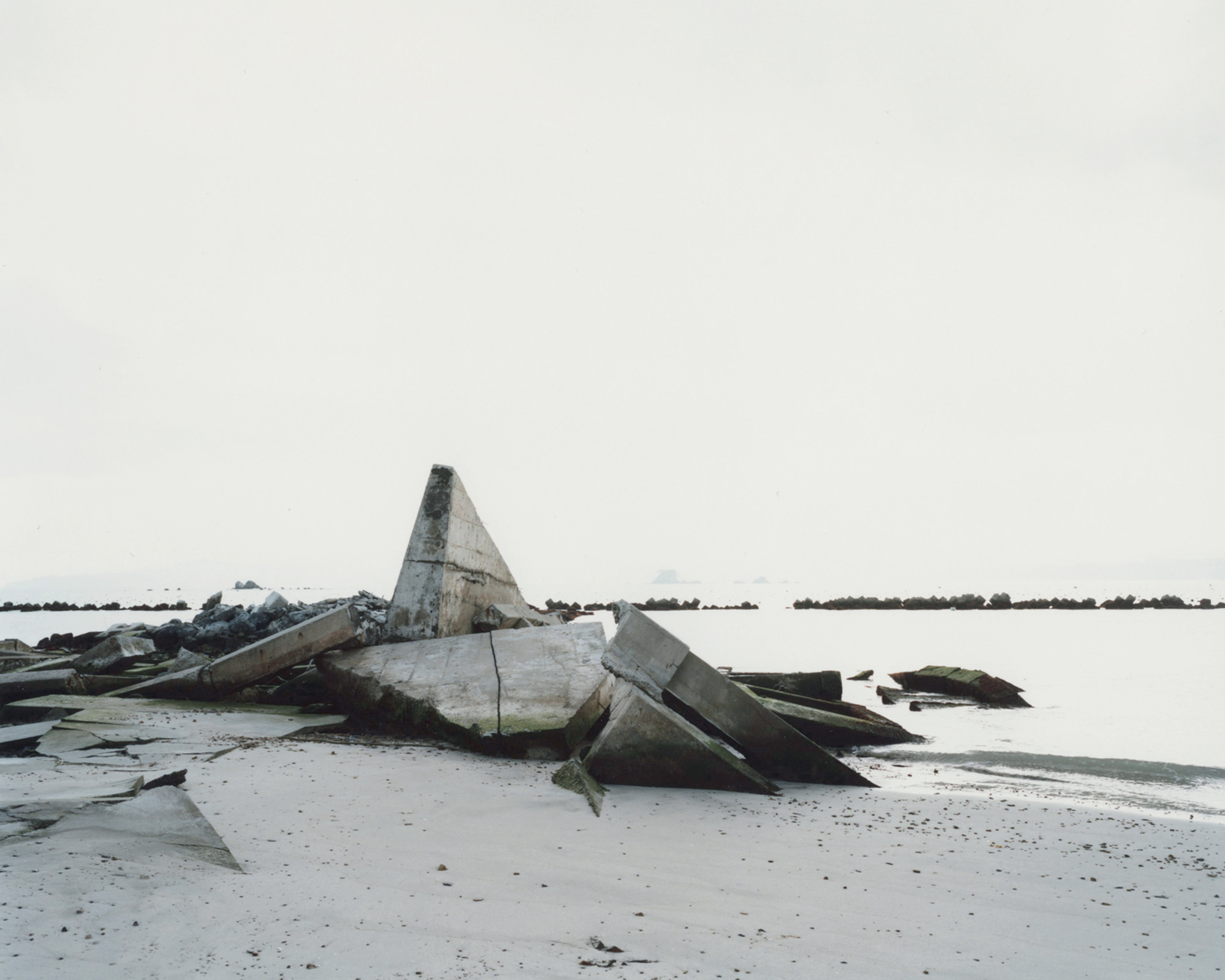
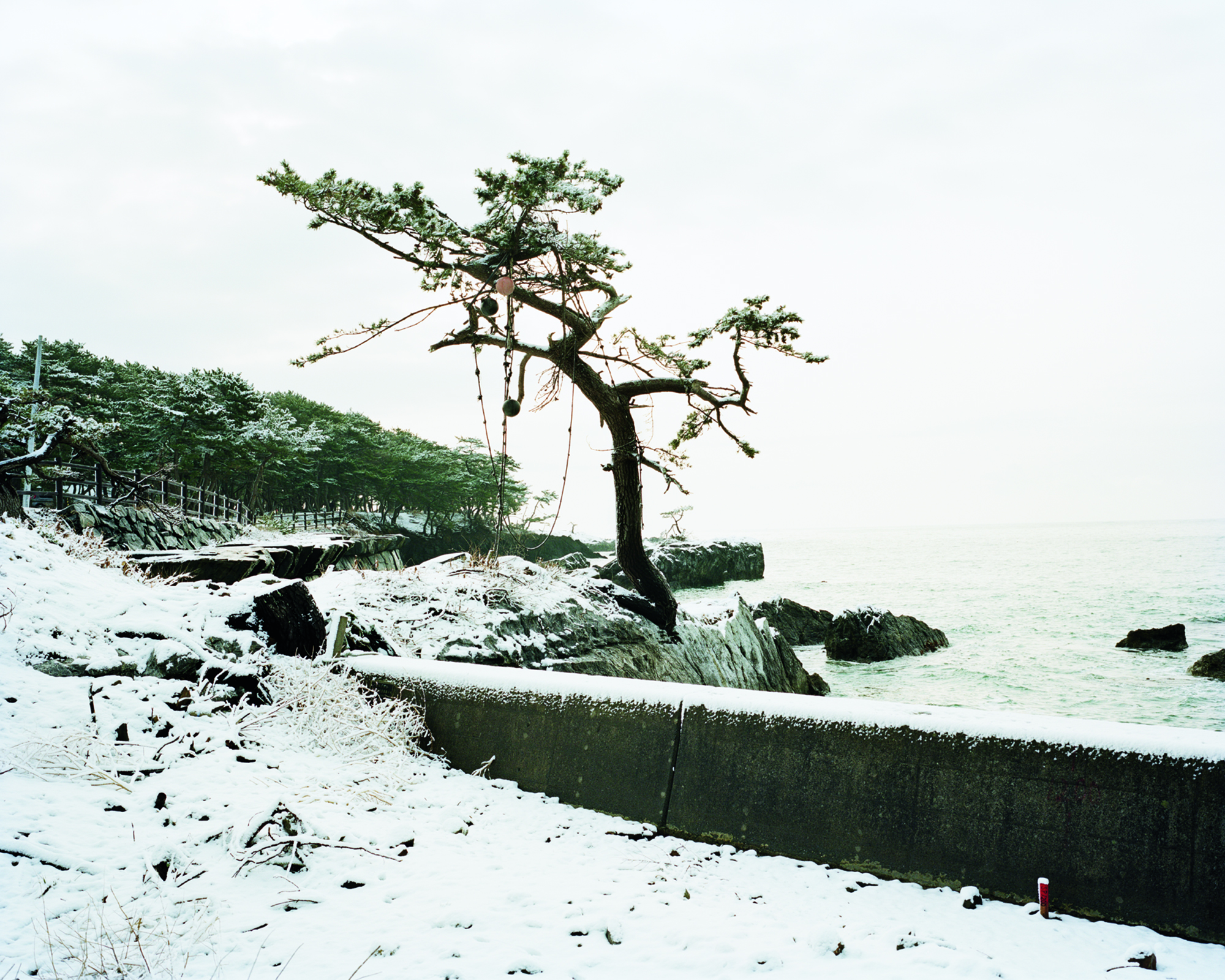
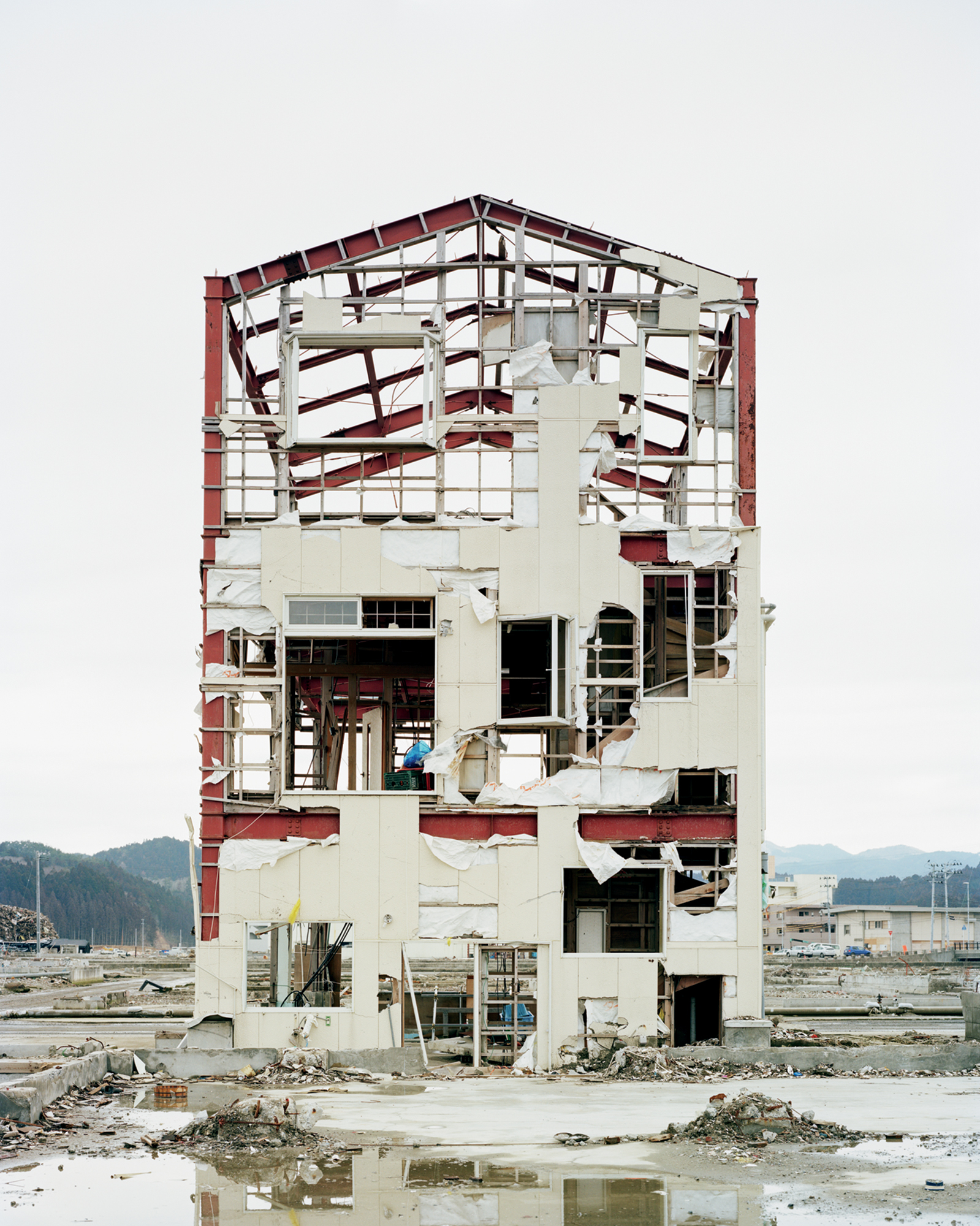
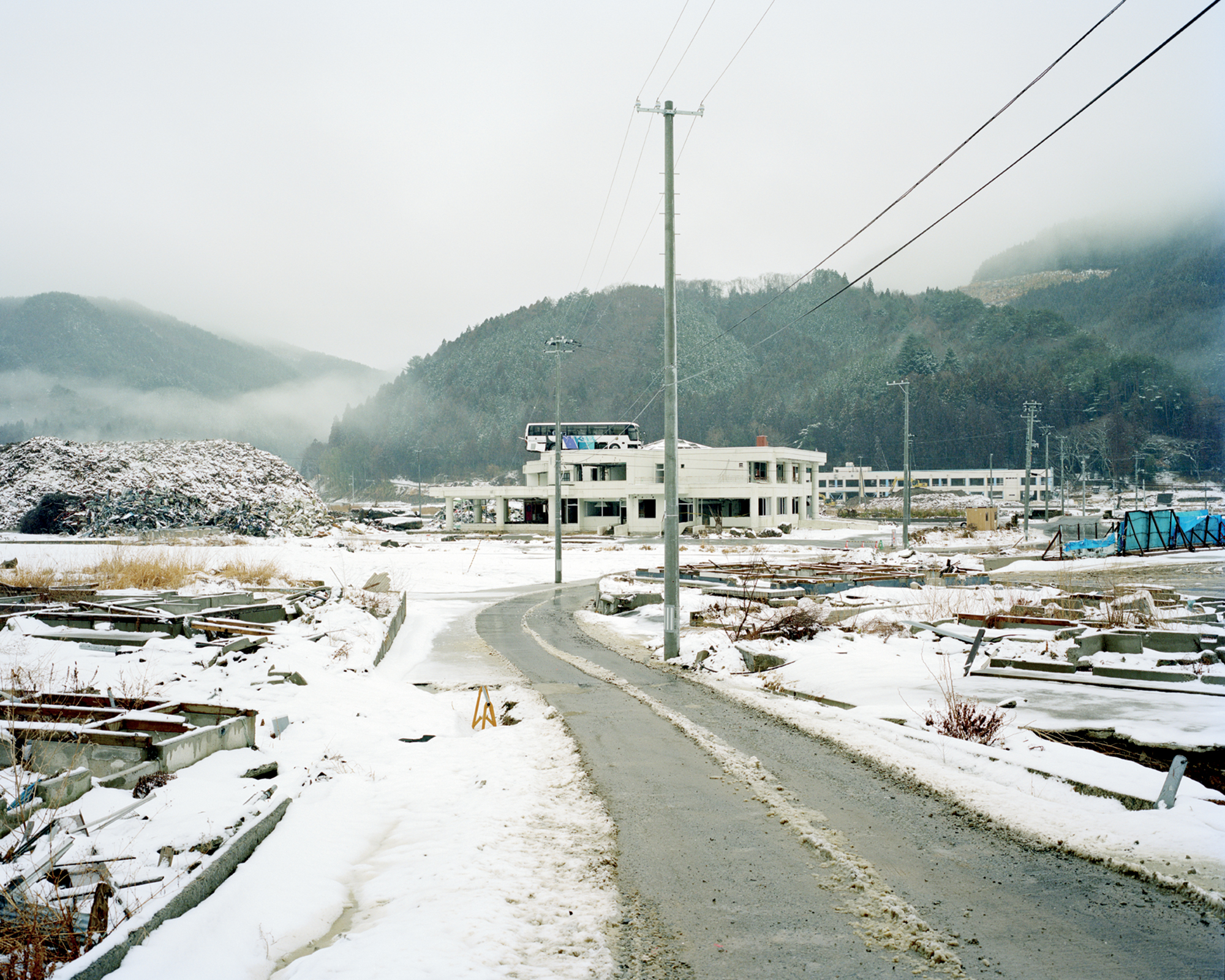
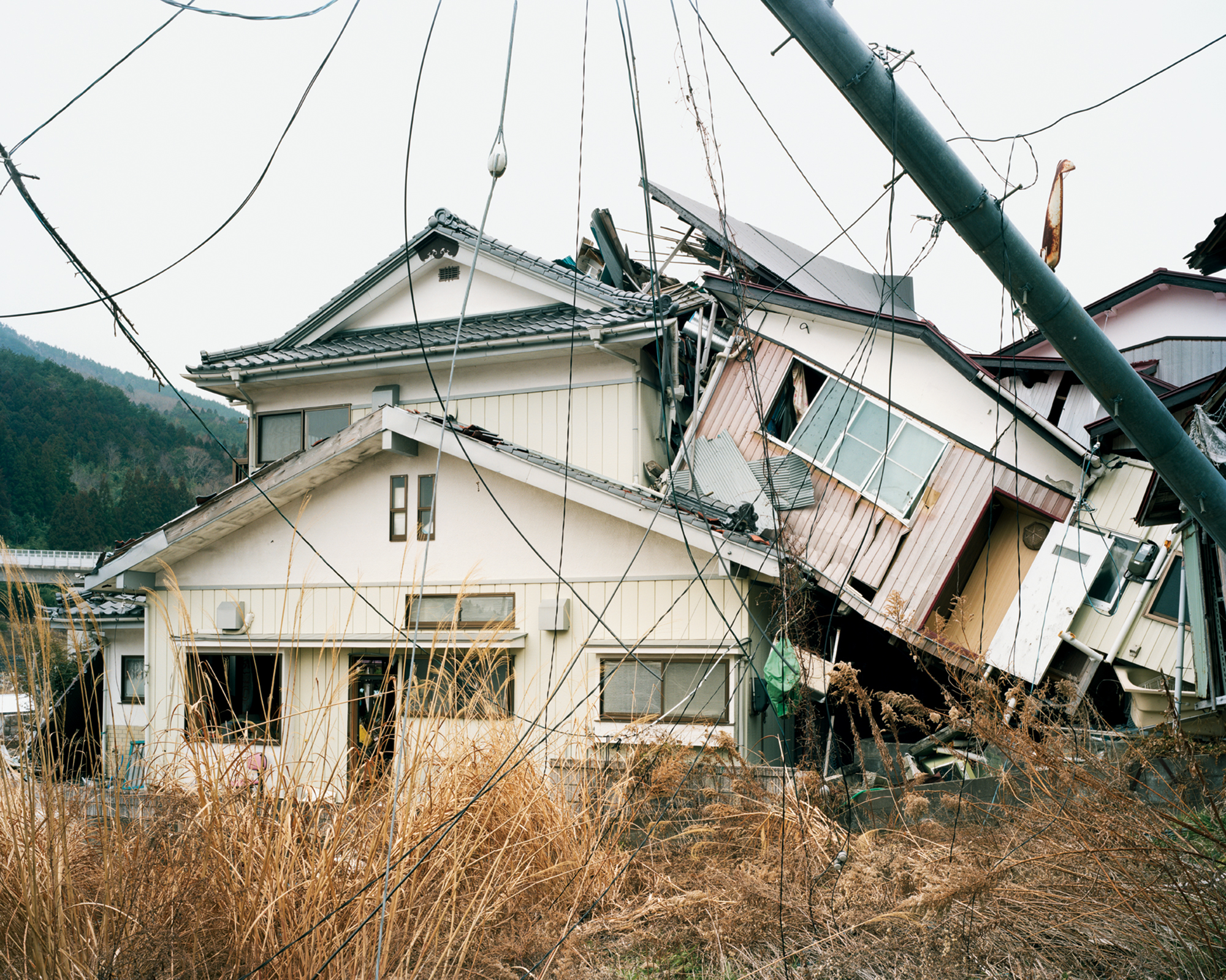
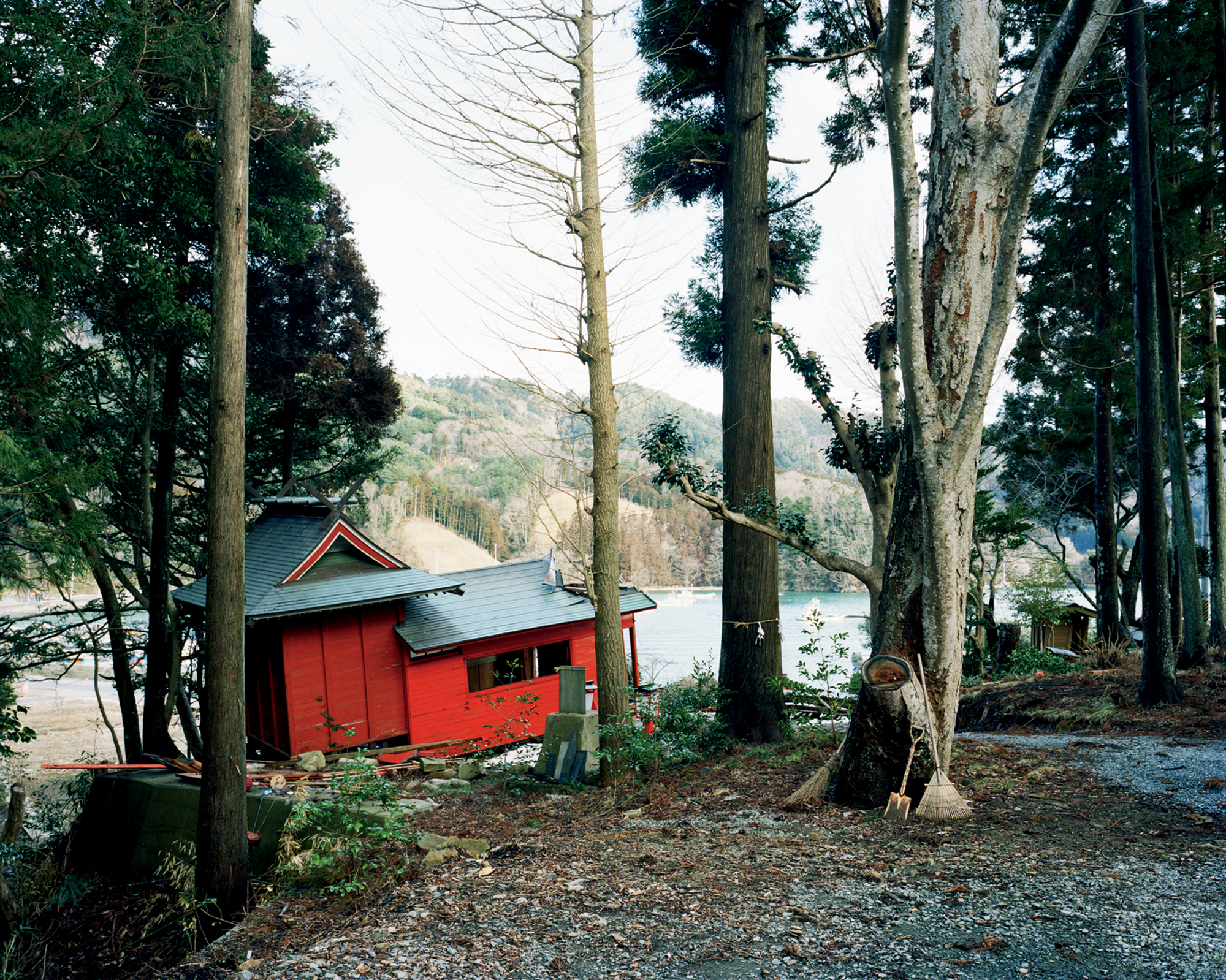
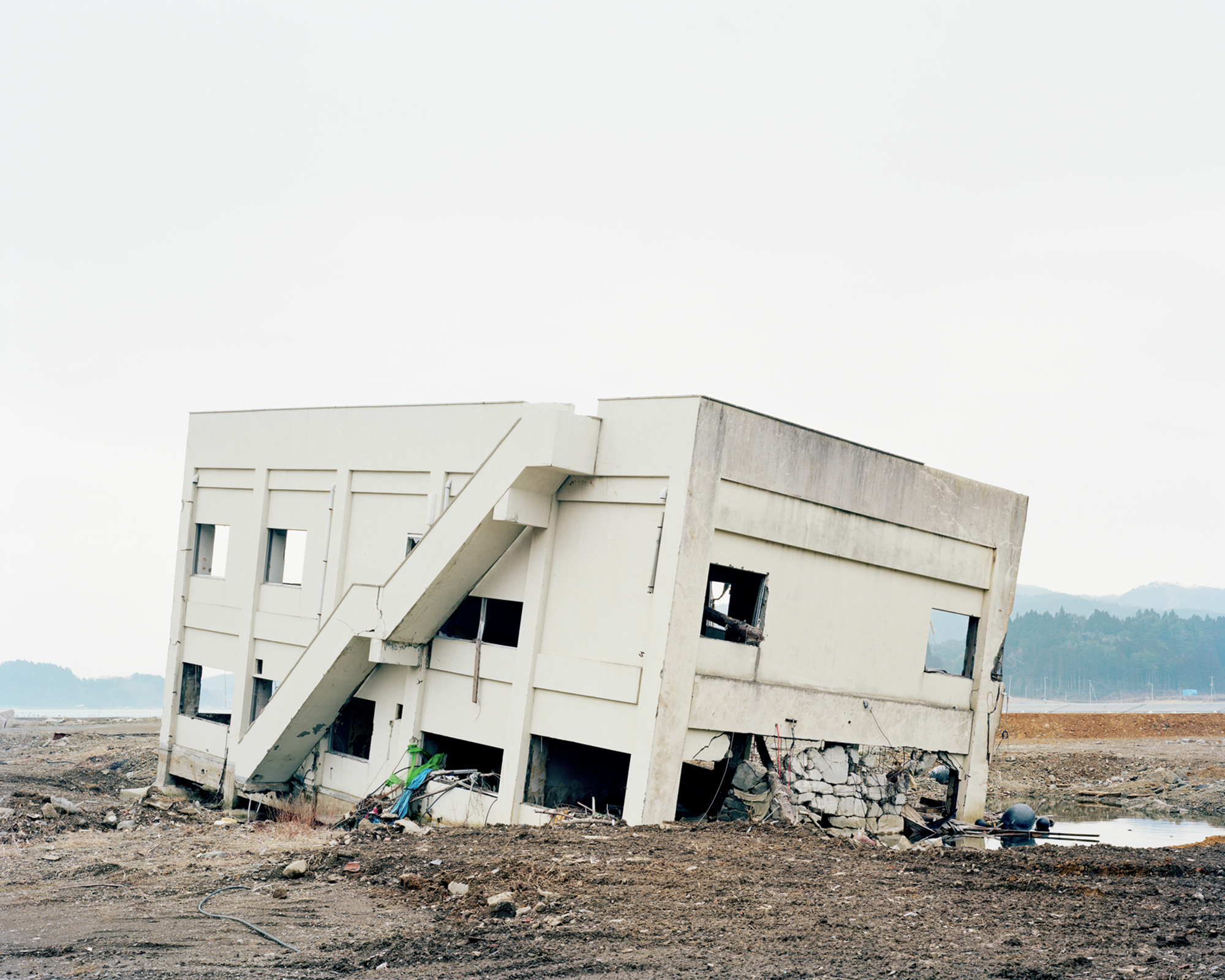
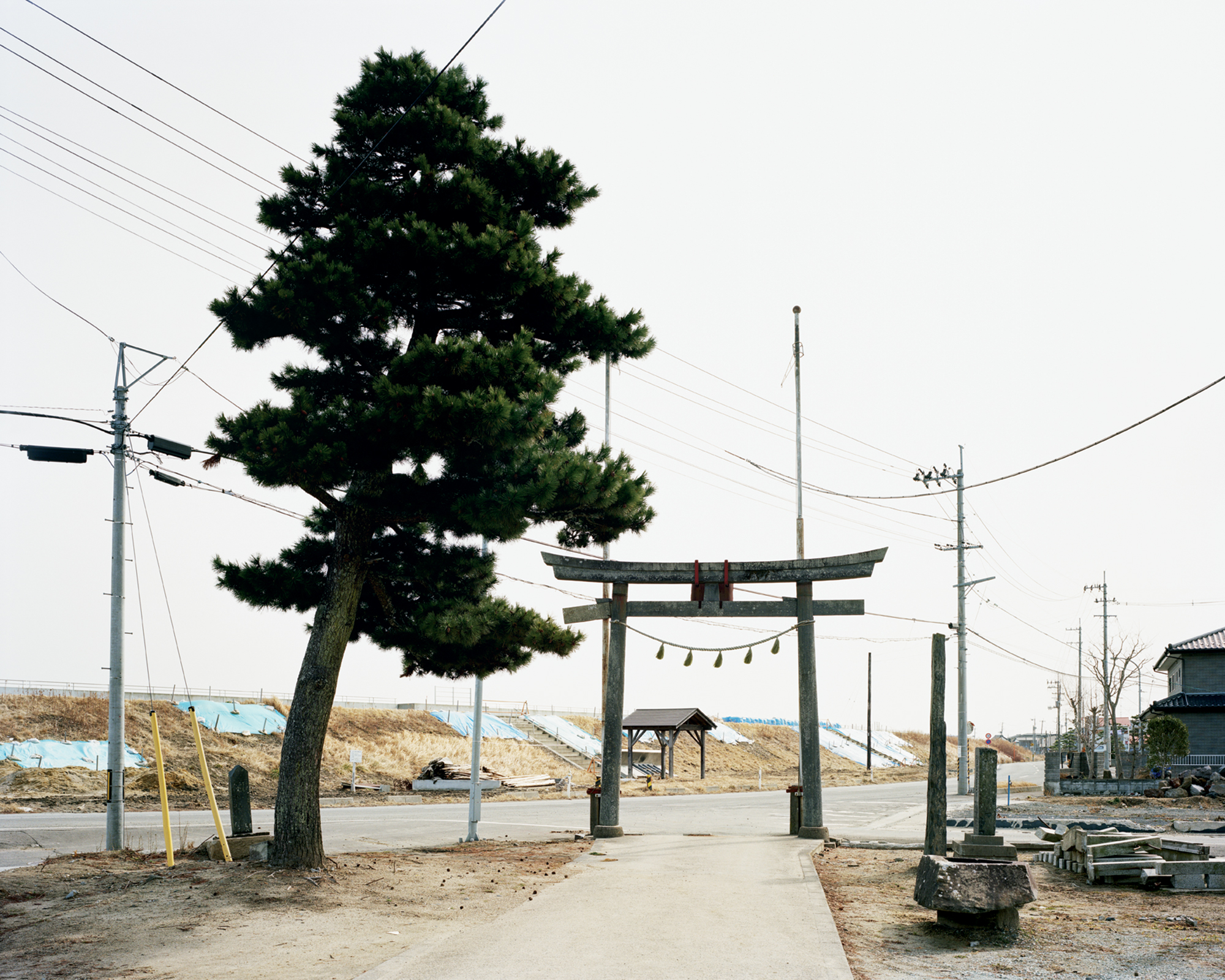
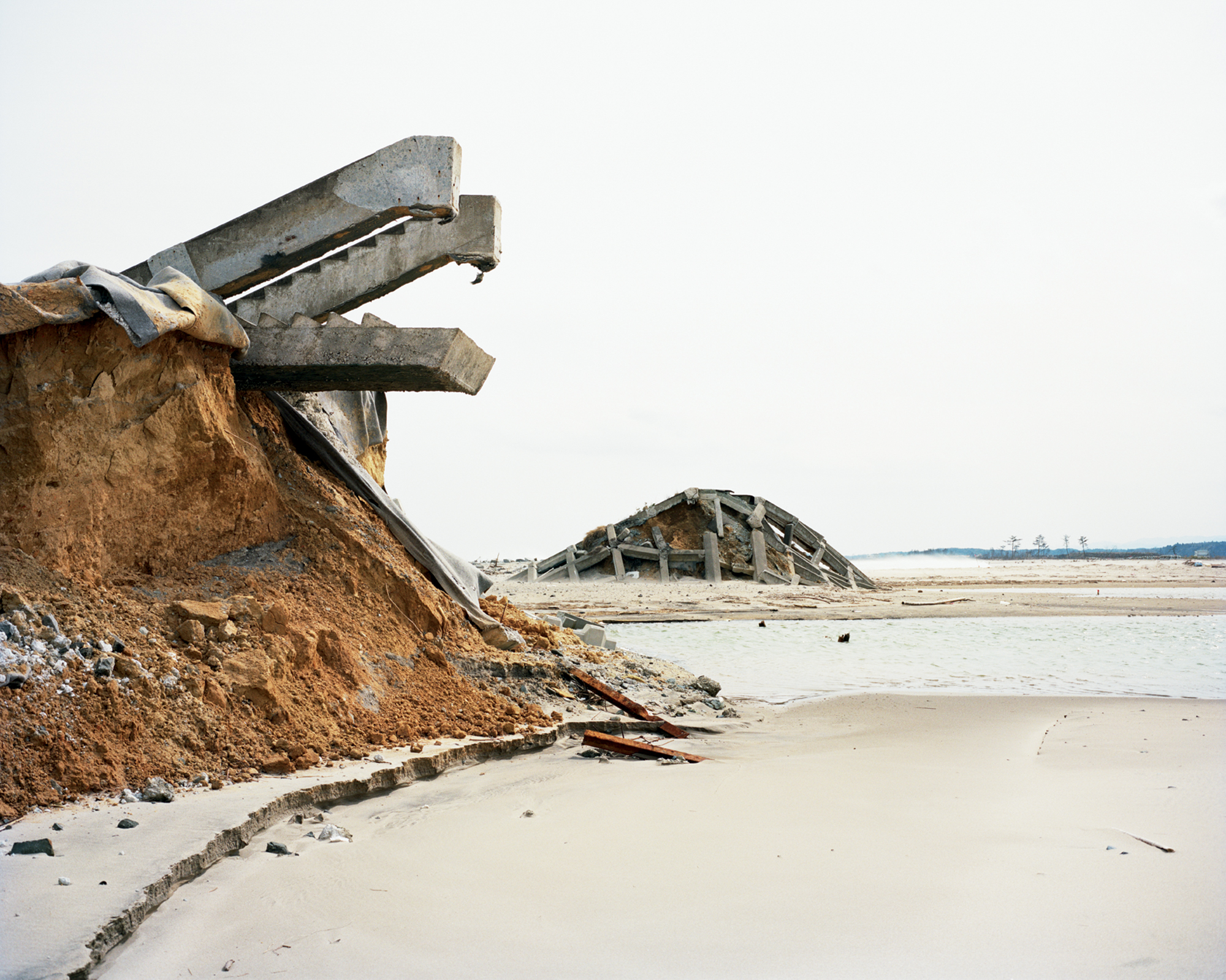
Lieu: Miyagi Prefecture, Japan
Publié: Décembre 2018
Catégorie: Photographie
Source